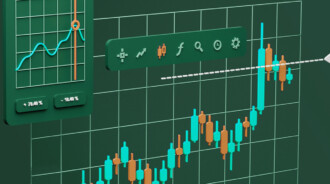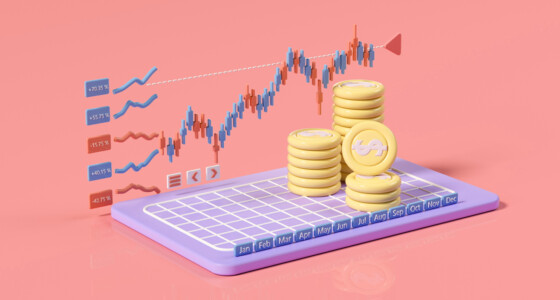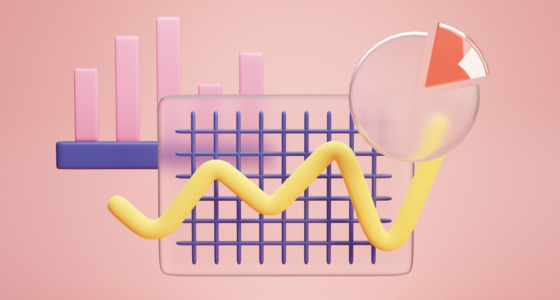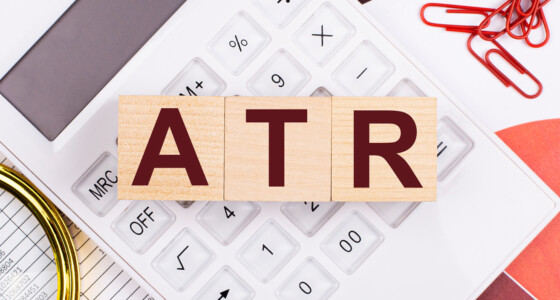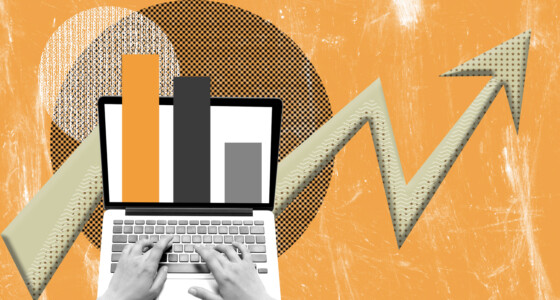

Traders have countless technical indicators to choose from — starting from the widely popular simple moving averages to the lesser-known McGinley Dynamic and DeMarker indicators. No matter how many indicators there are, some people are still trying to come up with new, inventive ways of approaching technical analysis.
For example, Cormac O’Connor from the Technological University of Dublin hypothesized that Wiki Article Traffic Statistics could verify trading signals from the Coppock technical indicator. Could you imagine that the way you browse Wikipedia could potentially affect the stock market?
As a beginner, you don’t need to make your life harder with advanced, convoluted strategies. For now, it’s important to master the essentials and build your way up.
Here are 5 indicators that you definitely need in your trading toolkit.
1. The Relative Strength Index (RSI)
RSI is a momentum indicator that measures the magnitude and speed of an asset’s recent price changes. It provides convergence/divergence signals, as do MACD and the Stochastic and Awesome oscillators. The signal (bullish or bearish) occurs when the indicator makes a new high/low while the asset price doesn’t. This could mean an upcoming trend reversal.
RSI provides traders with warning signals for alarming price movements, specifically signals for overbought or oversold zones (the indicator value expressed as a figure between 0 and 100):
- An overbought (or overvalued) signal — 70 and up — means the asset is trading at unjustifiably high prices, and it may be getting ready for a trend reversal or a corrective pullback.
- An oversold (or undervalued) signal — 30 or lower — means the asset is trading lower than its fair value, and it may enter a rally.
2. Stochastic
The Stochastic Oscillator measures momentum and trend strength, similar to RSI. The main difference between them is that RSI produces more reliable signals in trending markets, whereas Stochastic is better suited for flat or choppy market conditions.
Stochastic uses a scale of 0 to 100, where readings below 20 indicate oversold conditions, and above 80 — overbought conditions. When the two lines that make up the indicator (%K and %D) cross in an overbought or oversold region, it can generate sell or buy signals.
3. Moving Average Convergence Divergence (MACD)
MACD compares two moving averages to detect changes in momentum and identify opportunities at the start of a bullish or bearish trend. “Convergence” means the two averages are coming closer and the momentum is dying down, and “divergence” means they are pulling away from each other and the price changes are gaining momentum.
The trading signals are triggered when MACD crosses above or below its signal line — a buy signal and a sell signal, respectively.
MACD triggers technical signals when it crosses above (to buy) or below (to sell) its signal line.

4. Bollinger Bands
Bollinger Bands is a volatility indicator. It measures the relative high or low of an asset’s price and helps traders find potentially favorable entry and exit points.
The indicator consists of 3 lines and provides the following signals:
- If the price is at the lower line, it is likely to rise soon.
- If the price is near the upper line, it is likely to fall soon.
- The middle line (simple moving average) confirms the current trend. When the price rebounds from it, momentum fades.
5. Awesome Oscillator (AO)
The Awesome Oscillator, based on a combination of moving averages, is designed to confirm trends and anticipate reversals. Unlike most oscillators, which swing between defined values like 0-100, the Awesome Oscillator doesn’t have any bounds.
The indicator uses a zero line in the center. And when it crosses above it, it signals bullish momentum, and vice versa.
Takeaway
You don’t need to choose just one indicator from the list above. In fact, there is an unspoken rule of using technical indicators — never use them in isolation. Pick and choose complementary indicators and only take action when you get confirmation signals. Over time, you’ll learn which indicators work best in combination, so keep trying!
